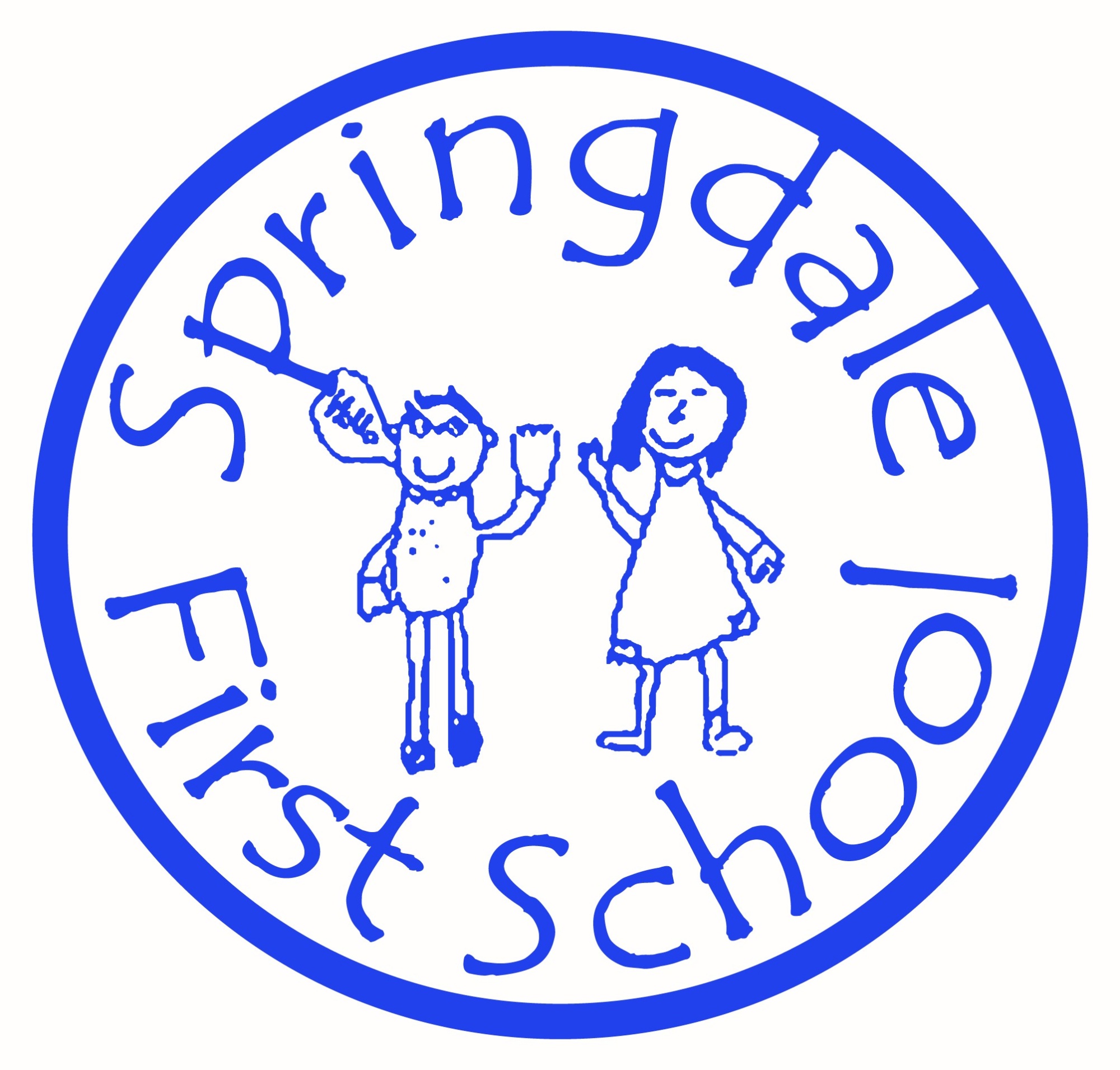Mathematics

At Springdale First School we aim to provide high-quality mathematics education; to provide depth, variety and enjoyment each day in every class; and to provide the optimum environment for all children to succeed.
We aim to deliver consistency in pedagogy: it is crucial for children to develop procedural fluency alongside a deep grasp of the base ten number system which stems from all staff teaching the right thing at the right time.
We aim to enable aspiration: secure mathematical skills underpin success in everyday life and facilitate the pursuit of fulfilling lives and well-paid careers.
Planning
We believe that students who have a good grasp of number make better mathematicians. At Springdale, the Maths curriculum is carefully planned, with opportunities for interweaving of new content and spaced retrieval of taught facts. We follow the NCETM’s guidance for teaching Maths NCETM Teaching for mastery. The DfE’s ‘Ready to progress’ documents statements (DfE - Teaching mathematics in primary schools) enable teachers to ensure all children progress through the National Curriculum. Maths at Springdale is taught in small, well sequenced steps. NTS end of term assessments inform our planning and identify any areas of number work that need greater attention and revisiting. EYFS follow the early principles for counting and NCETM’s ‘Mastering Number’ programme (NCETM Mastering Number) to develop the children’s early number sense.
Knowledge is constantly revised, ensuring taught content goes into the children’s long term knowledge. As well as an ‘interweaving approach’ to the Maths curriculum, ‘5-a-day’ books are used within Years 1 to 4 to revise taught content and strategies. By constantly revisiting these key concepts, students become more secure which mathematical procedures and concepts.
